Our Spanish Summer concert is just a few weeks away, happening July 10 and 11 in Chicago and July 12 in Skokie.
For this concert, we’ll be collaborating with Francy Acosta and Jose Luis Posada, co-artistic directors of EnsAmble Ad-Hoc, a Chicago-based classical music group that specializes in early music from Latin America.
In this concert, we’ll be performing folk music from Colombia and Venezuela, as well as two original songs written by Acosta herself.
So, in anticipation of the concert, we asked Acosta to share a little bit more about what inspired these songs and what else audiences can expect from this show.1. Q: Can you tell us a little bit about the two original songs that you wrote for this show?
A: Years ago I worked on a project called Palodeagua, which was professional musicians who accompanied children that performed and recorded my original songs. The songs are based on different genres from Latin America (i.e. bossa nova, Cuban songs). The two songs we are including in our show, “La Pata Ingrata” and “El Gallo Despertador,” feature the Colombian genres of bambuco and vallenato respectively. The first one, “La Pata Ingrata” (“The Ungrateful Duck”) is about a female duck whose partner teaches her how to dance. She learns well and starts to dance and flirt with other ducks. “El Gallo Despertador” is about a rooster who is very unhappy because he must leave a party and go to work. His job is to wake up people very early in the morning. Unfortunately for him, clients keep coming back because he happens to be the best singer in the region.
2. Q: Are any of the songs that you'll be performing in this show ones that you remember hearing as children growing up in Colombia?
A: Some of the songs we are doing in the show are folk/popular songs that we heard and learned growing up in Colombia and that some Latin American audiences will probably recognize. Others are songs that you would know about if you are interested in repertoire deeply rooted in traditions from different regions of Colombia. Regardless, this is all repertoire that you could relate to and enjoy because of their themes, the instruments featured and the variety of rhythms.
3. Q: What makes Colombian folk music unique and special?
A: Colombia has five different natural regions: The Atlantic and Pacific coasts, the Andes, the Eastern planes and the Amazon. Each of these regions has different resources, products and unique cultural manifestations. In Colombian music we can expect a variety in topics, genres, musical instruments, dances… you name it.
4. Q: Is there anything similar or different about Venezuelan music vs. Colombia music?
A: Venezuela is its own world also in terms of culture and variety of musical genres. The one thing we want to highlight is that the eastern planes of Colombia share the culture with the western planes of Venezuela. Those two regions make us forget that there are borders within these neighboring countries. In the planes there is a genre called joropo that serves as a big umbrella for different “golpes,” such as pajarillo, seis por derecho and others.
5. Q: What instruments will be used in this show that will be new to Americans?
A: The basic ensemble is composed of violin, flute, voice, guitar, bass and percussion. We will also feature some string instruments that you do not see in every concert, including the harp, cuatro and tiple. Many will recognize the harp. The cuatro and tiple are guitar-like instruments. The cuatro, sometimes confused with a ukulele, is one of the instruments used in music from the planes of Colombia and Venezuela. The tiple is from the Andean region of Colombia. It has 12 metals strings organized in four courses (groups). The tiple plays harmonies with some percussive effect added. We will also have some unexpected percussion instruments from Colombia: the esterilla and quiribillos from the Andean region. The esterilla, is basically a “flat bed” of sticks that you can rub or tap against each other. The quiribillos has about 10-15 short pieces of cane (caña brava); a string goes inside each cane and those strings are tied at each end. It is a shaker of sorts with two handles. It’s hard to explain. Come to our concerts to find out more!
See Us At A Spanish Summer!
Thursday, July 10, 5:30 p.m. — FREE
Night Out in the Park, Dvorak Park, 1119 W. Cullerton St., Chicago
Friday, July 11, 5:30 p.m. — FREE
Night Out in the Park, Berger Park Cultural Center, 6205 N. Sheridan Rd., Chicago
Saturday, July 12, 7 p.m.
Seman Violins, 4447 Oakton St., Skokie
Tickets $25


